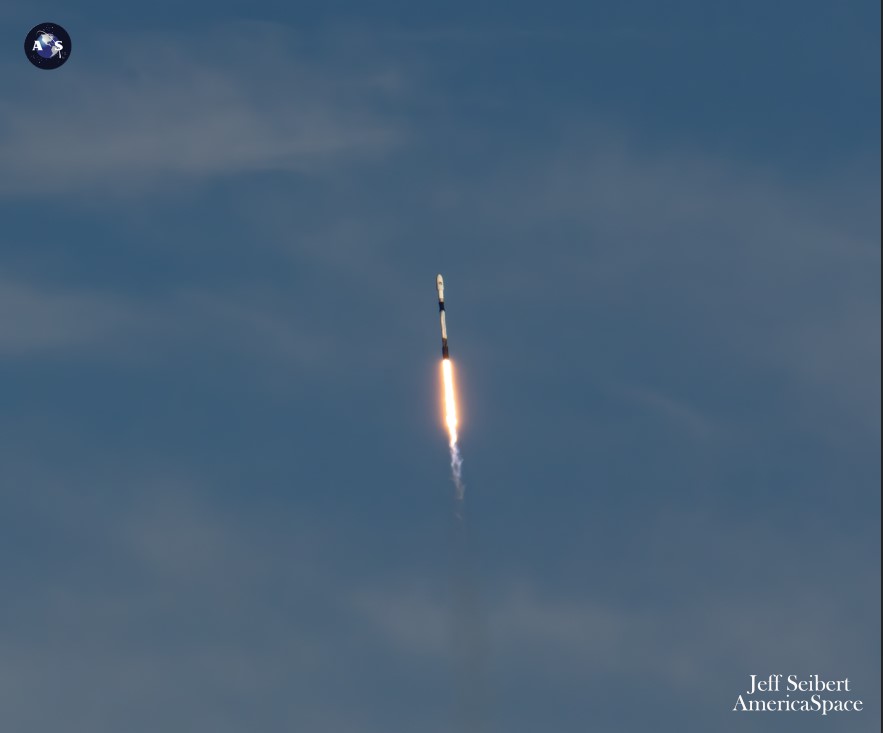

SpaceX is targeting a pair of Falcon 9 launches from opposite US coasts just ten hours apart on Sunday, as it plans to bring the total number of Starlink internet communications satellites put into orbit so far this year higher. beyond the 1,000 mark. Veteran boosters B1078 and B1075, both with ten previous missions under their belts, are ready to launch. from the historic Space Launch Complex (SLC)-40 at Cape Canaveral Space Force Station in Florida at 1:15 pm EDT and from Space Launch Complex (SLC)-4E at California's Vandenberg Space Force Base at 8:45 pm PDT.


Since January, SpaceX has launched more than 980 Starlinks in 44 batches lifted by Falcon 9 and with 22 of these small flat satellites aboard B1078 and another 20 aboard B1075, this will bring the tally to more than 1,000 by mid-year by first time. Raises the total number of Starlinks placed into orbit to more than 6,600 since May 2019.
As a network, Starlink enables the delivery of high-speed, low-latency Internet to more than 70 sovereign nations and international markets in North and South America, Europe, Asia, Oceania and Africa. In the month of May alone, Starlink connectivity was available in Uruguay, Indonesia and Fiji, and Sierra Leone joined the network in June, bringing to 79 the total number of nations or sovereign regions that will receive full coverage.
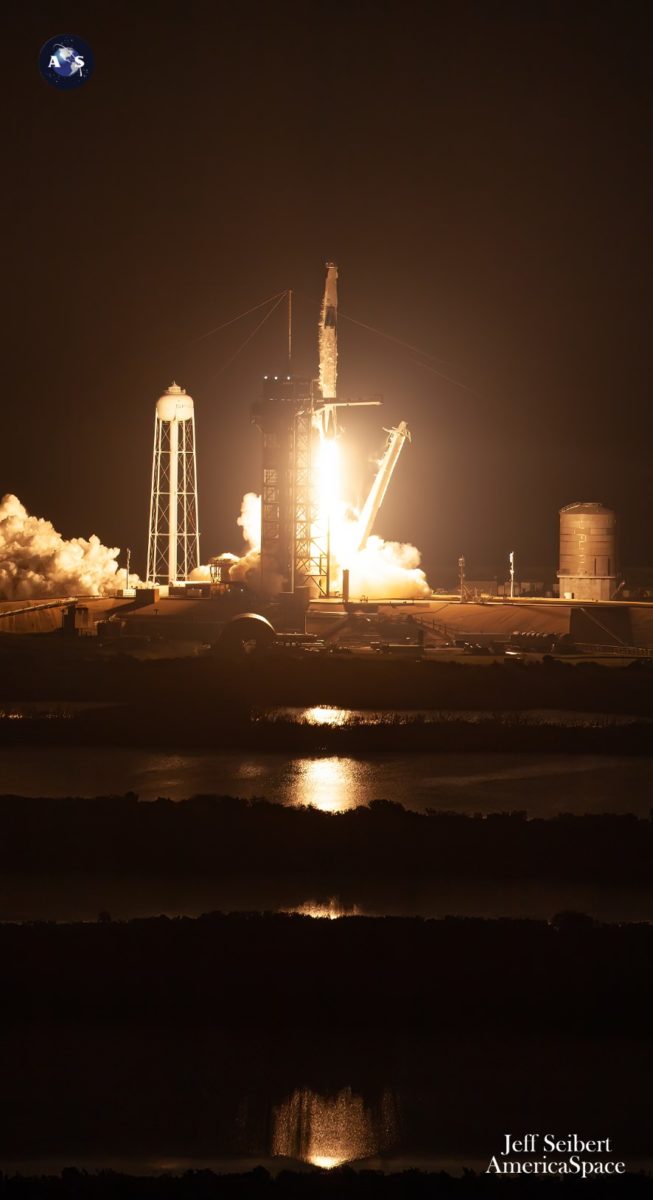

The reduced Mini Starlinks V2, flew for the first time in February last year, have three to four times more “usable” bandwidth than previous versions of Starlink. “The V2 Minis include key technologies, such as more powerful phased array antennas and the use of E-Band for backhaul, that will allow Starlink to provide 4 times more capacity per satellite than previous iterations,” SpaceX explained. “Among other improvements, the V2 Minis are equipped with new argon Hall thrusters for in-orbit maneuvers.”
And from January 2024, SpaceX has also flown multiple Starlinks “Direct to Cellular” to allow mobile network providers to offer “seamless global access to texting, calling and navigation” whether “on land, lakes or coastal waters”, without the need for change hardware or firmware. The Direct-to-Cell satellites, 13 of which will be aboard B1075 for tomorrow's Vandenberg launch, feature advanced modems that serve as cell towers in space to eliminate dead zones with network integration similar to the from a standard roaming partner, according to SpaceX.
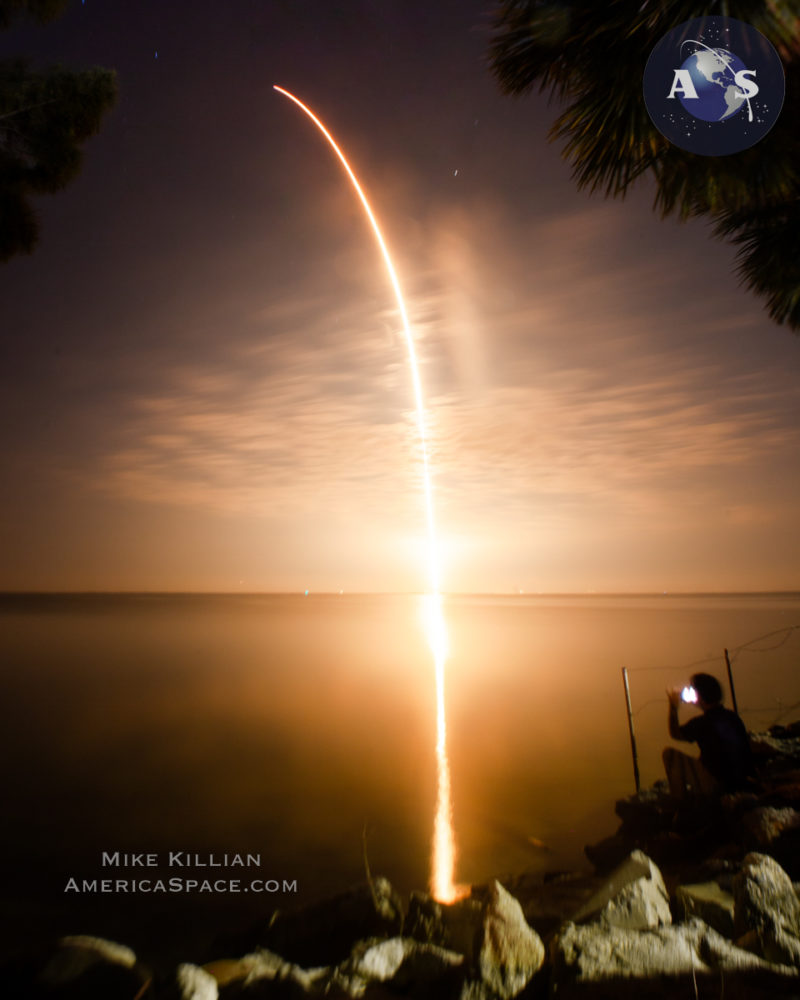

Florida-based intercity operator Brightline adopted Starlink on its trains in 2023, the first passenger rail service in the world to do so. Additionally, El Salvador's Ministry of Education has begun integrating Starlink capability into its schools to help close the digital divide between remote urban and rural communities and 50 Rwandan schools are now connected via high-speed Internet service. Starlink speed. As of May, Starlink reportedly had around three million registered subscribers or customers worldwide.
First out of the launch gate tomorrow will be B1078, which will fly for the fifth time in 2024 and has made just three and a half weeks since its most recent mission in late May, marking its fastest personal turnaround to date in only 26 days. She was moved to the spot previously held by her sister B1073, which succumbed to two consecutive weather-related launches earlier this month, and then a rare abort on platform T-0 on June 14.


That abort led SpaceX teams to temporarily retire B1073, a veteran booster with 15 launches under its belt, including four so far this year, and set it aside for inspections. It remains to be seen when it will fly again.
For its part, B1078 first jumped onto the SpaceX scene last March to raise Dragon Endeavor and his crew-6 quartet by NASA astronauts Steve Bowen and Warren “Woody” Hoburg, Russian cosmonaut Andrei Fedyayev, and Sultan Al-Neyadi of the United Arab Emirates (UAE) for his six-month increment on Expedition 68/69 aboard the International Space Station (ISS). Since then, it has also raised seven batches of Starlink, a pair of O3b mPOWER broadband satellites and the Space Force's top-secret USSF-124 payload comprised of six discrete spacecraft—two hypersonic and ballistic tracking space sensor satellites (HBTSS) for the Missile Defense Agency (MDA) and the last four Tranche 0 Transport and Tracking Layer (TTL) satellites for the Space Development Agency (SDA)—in orbit.
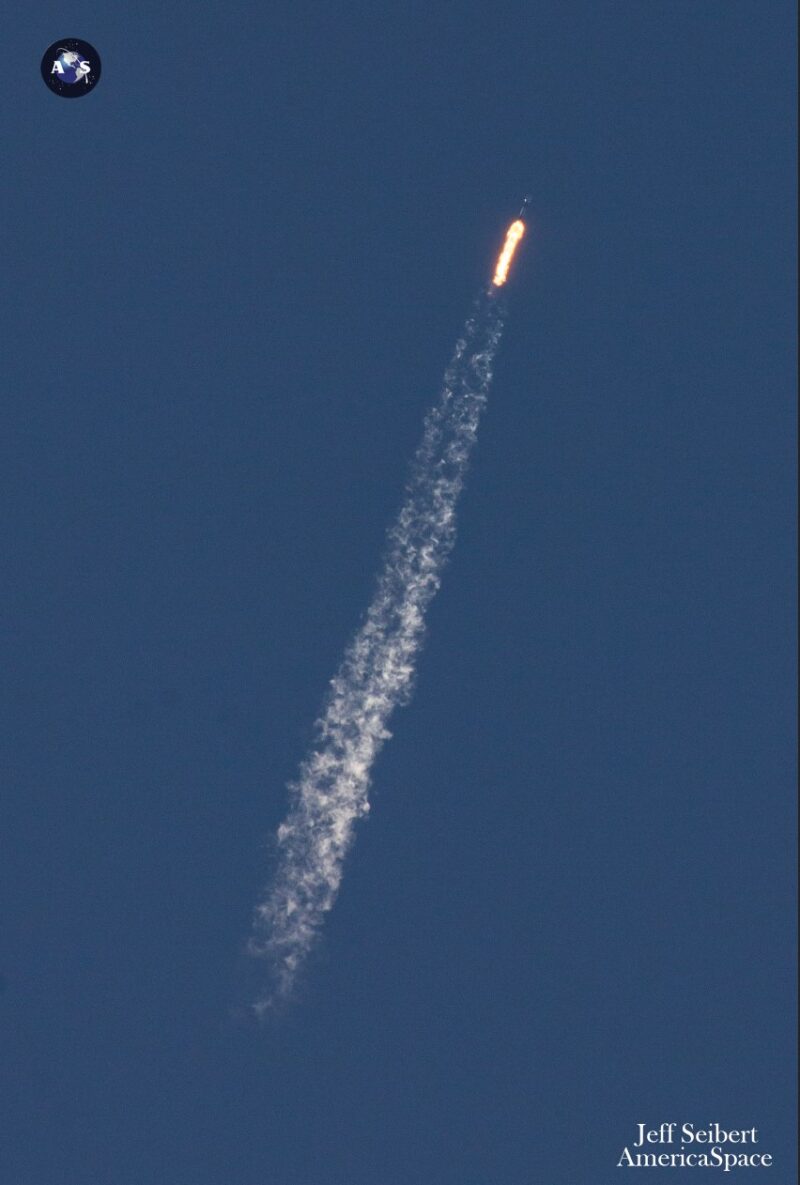

Tomorrow's launch of B1078 carries an expansive “window” from 1:15 pm EDT to 5:01 pm EDT, and the deployment of all 22 Starlinks is anticipated 52 minutes and 44 seconds after liftoff. B1078 will once again land on the deck of the autonomous spaceport unmanned ship (ASDS), “A Shortfall of Gravitas,” which set sail from Port Canaveral in the second half of last week.
Next will be B1075, whose third takeoff of 2024 and eleventh of its career is scheduled to occur at 8:45 pm PDT. A dedicated “Vandenberg Falcon” entered service in January of last year and went on to fly eight times in 2023 achieving turnaround times as short as just five weeks between missionsand so far twice in 2024.
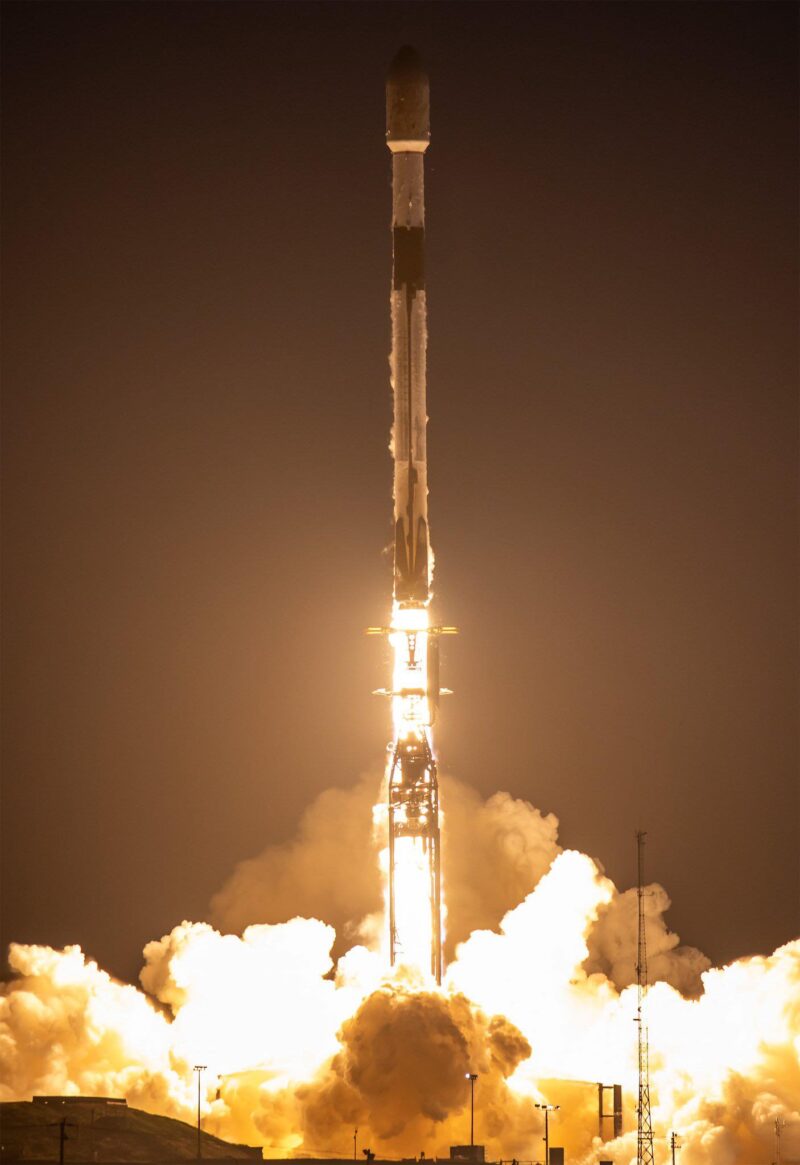

It has lifted more than 250 Starlinks on eight of its ten flights, as well as a pair of “reflector” satellites in support of Germany's SARah radar imaging surveillance constellation. and the inaugural Tranche 0 Transport and Tracking Layer (TTL) mission for the Space Development Agency (SDA).
A timely liftoff will see B1075 return to land on the West Coast unmanned ship, “Of Course I Still Love You,” to conclude June's seventh Falcon 9 mission and bring the total number of launches since January to 64. If both flights are completed on time, SpaceX will maintain its annual average of one launch every 2.7 days and put the Hawthorne, California-based organization on track to complete 130 missions by the end of 2024, a 30 percent increase. compared to last year. .













Leave feedback about this